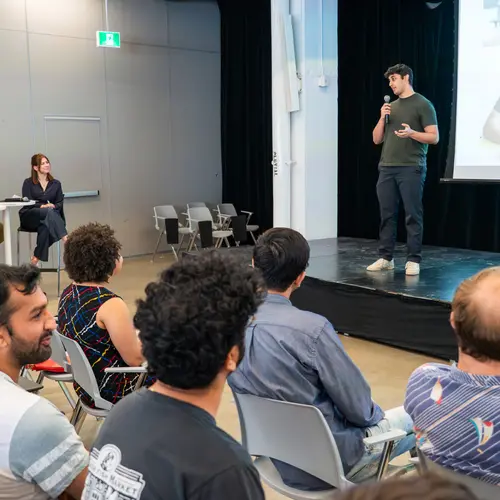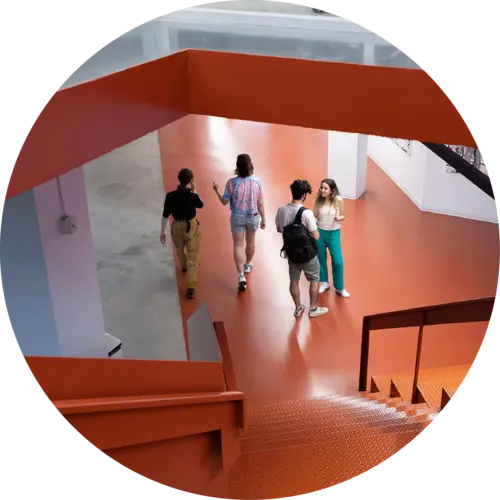
Aaron Courville
Biography
Aaron Courville is a professor in the Department of Computer Science and Operations Research (DIRO) at Université de Montréal and Scientific Director of IVADO. He has a PhD from the Robotics Institute, Carnegie Mellon University.
Courville was an early contributor to deep learning: he is a founding member of Mila – Quebec Artificial Intelligence Institute. Together with Ian Goodfellow and Yoshua Bengio, he co-wrote the seminal textbook on deep learning.
His current research focuses on the development of deep learning models and methods. He is particularly interested in reinforcement learning, multi-agent reinforcement learning, deep generative models and reasoning.
Courville holds a Canada CIFAR AI Chair and a Canada Research Chair in Systematic Generalization. His research has been supported by Microsoft Research, Samsung, Hitachi, Meta, Sony (Research Award) and Google (Focused Research Award).


